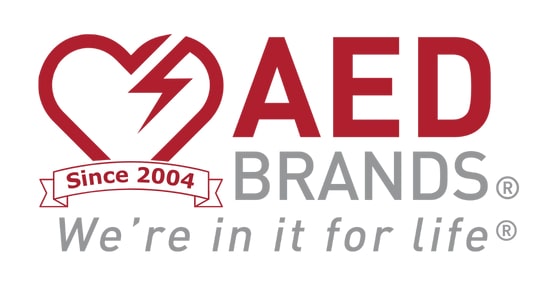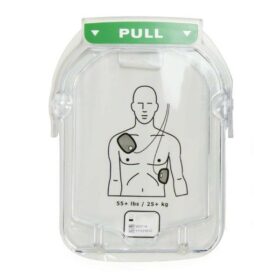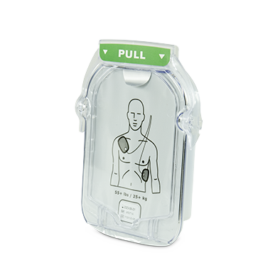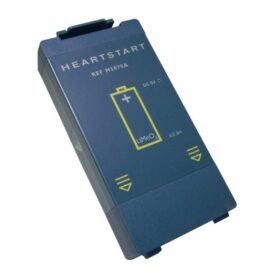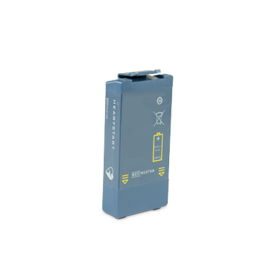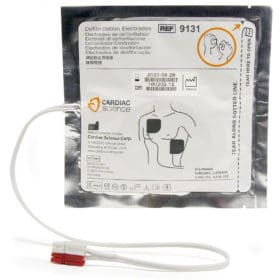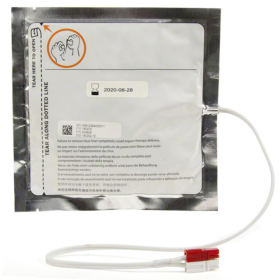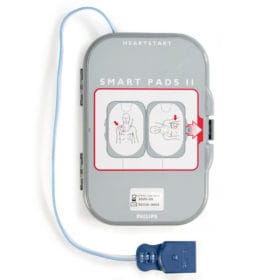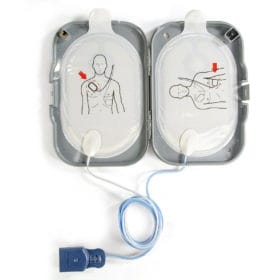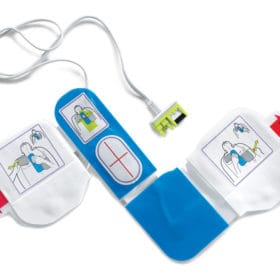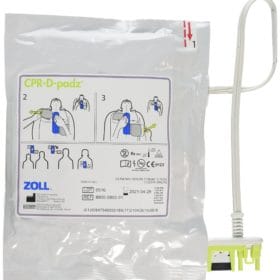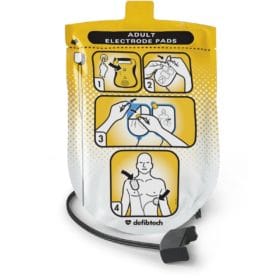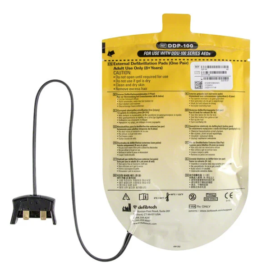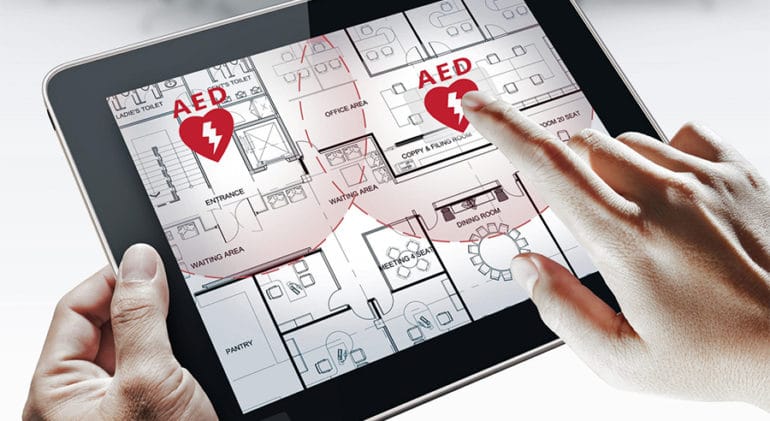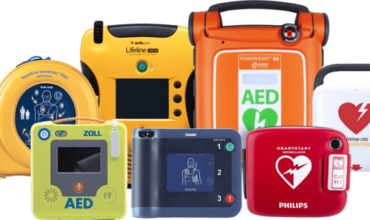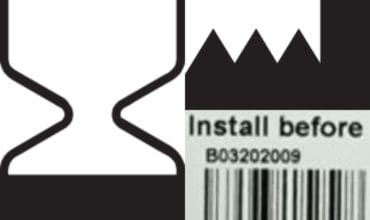
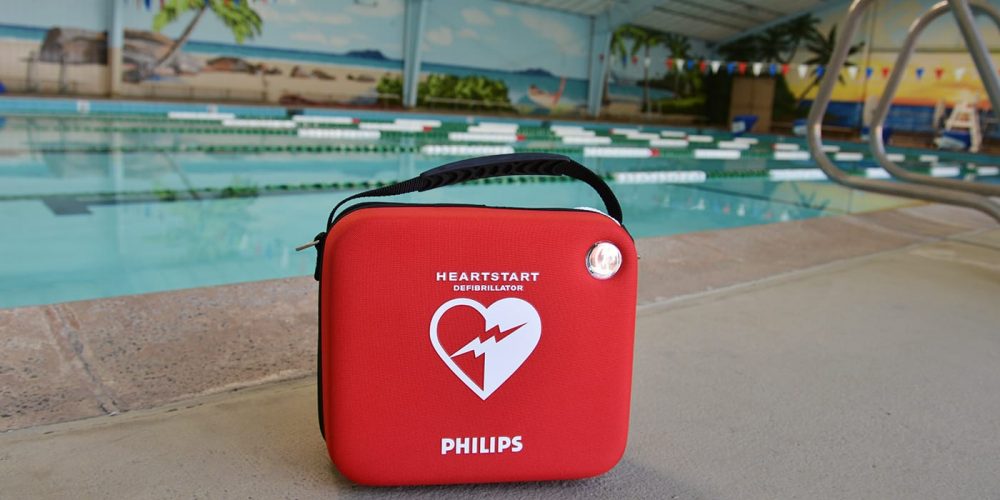
Understanding AEDs and Their Use in a Wet Environment
When facing a sudden cardiac arrest scenario, an Automated External Defibrillator (AED) can significantly increase the victim’s chances of survival. Yet, many people find themselves questioning the safety of AED use in wet environments. This article aims to address this concern and provide clear instructions on how to effectively use an AED when confronted with a wet or aquatic setting.
How Does an AED Work?
An AED delivers a therapeutic dose of electrical energy to a victim’s heart that is experiencing an arrhythmia. This electric shock aids in restoring the heart’s regular rhythm, proving crucial in saving lives. However, the introduction of electricity naturally raises safety questions when used in wet conditions.
Is it Safe to Use an AED in a Wet Environment?
Despite the potentially risky mix of electricity and water, AEDs can indeed be used safely in wet environments, even in conditions where the victim is lying outside in the rain or snow.
Precautions to Take Before Using an AED in a Wet Environment
To ensure safety, it’s critical to follow several steps if the victim is found in a wet environment:
- If the victim is in the water, safely move them to a dry area and away from any puddles or water bodies.
- Remove any wet clothing from the victim and dry their chest thoroughly.
- Ensure all bystanders move away from the wet surface and the victim.
Applying the AED in a Wet Environment
After taking these precautions, the rescuer can attach the AED pads and follow the voice prompts provided by the device. The AED’s automated voice prompts guide users through each step, including a clear instructions to “stand clear” during defibrillation.
Even plumbers that fix septic tanks or leaky sinks may find themselves in situations where they need to administer lifesaving AED treatment in a wet environment. Their work environment, often damp or wet, underlines the importance of understanding how to safely use AEDs in these conditions. With the right knowledge and precautions, any person, irrespective of their profession or the conditions they work in, can utilize an AED effectively and save a life
The Importance of Rescuer Safety
While the immediate concern is the victim’s survival, the rescuer’s safety is also paramount. As long as the rescuer follows the AED’s voice prompts and does not physically touch the victim during defibrillation, they will be safe from any electrical harm.
Conclusion
In conclusion, despite the challenges that a wet environment might pose, an AED can be safely and effectively used. By taking appropriate precautions and adhering strictly to the AED’s voice prompts, both the victim and rescuer can remain safe during this life-saving process.
If you still have questions about using your AED in a wet environment, you can always leave us a comment, give us a call at 800-580-1375. If you still have questions, you can always leave us a comment or email us at customerservice@aedbrands.com
Philips M5071A HeartStart OnSite SMART Adult Replacement Cartridge Electrode Pads
Rated 5.00 out of 5
(1)
$89.00
Share
Share on facebook
Share on twitter
Share on linkedin
AED Brands
Implementation Guide

